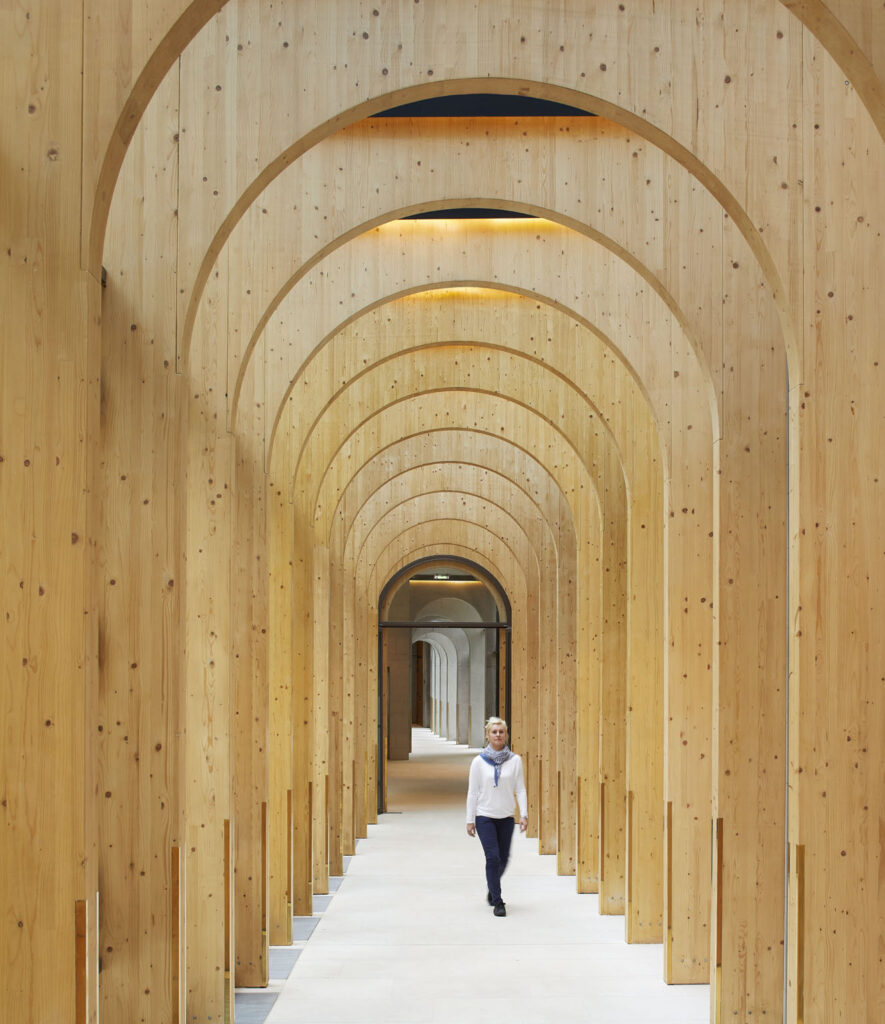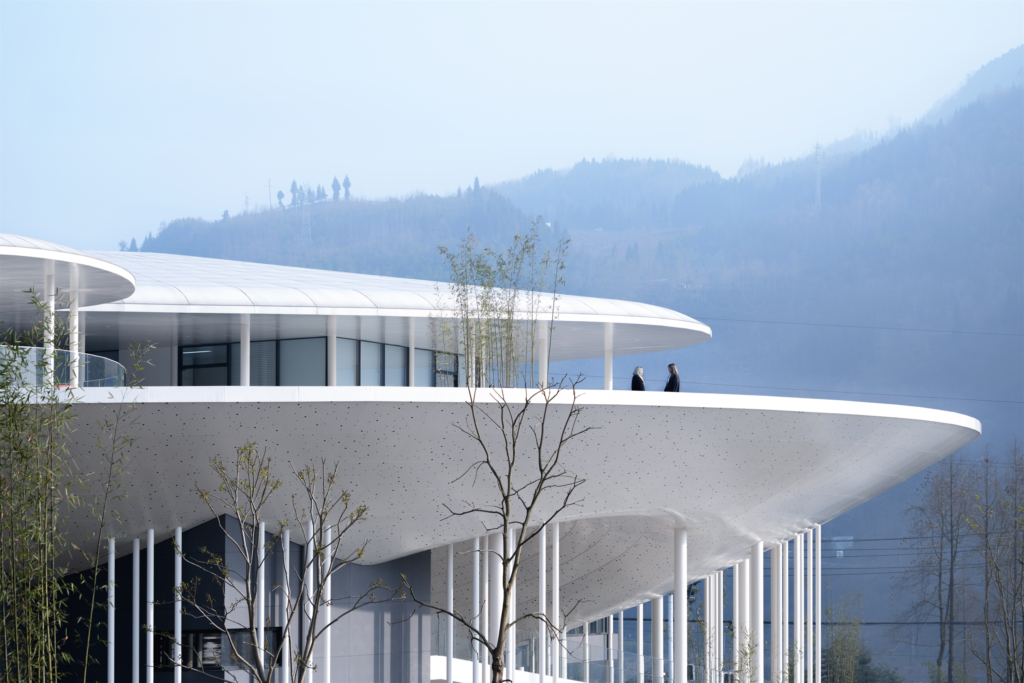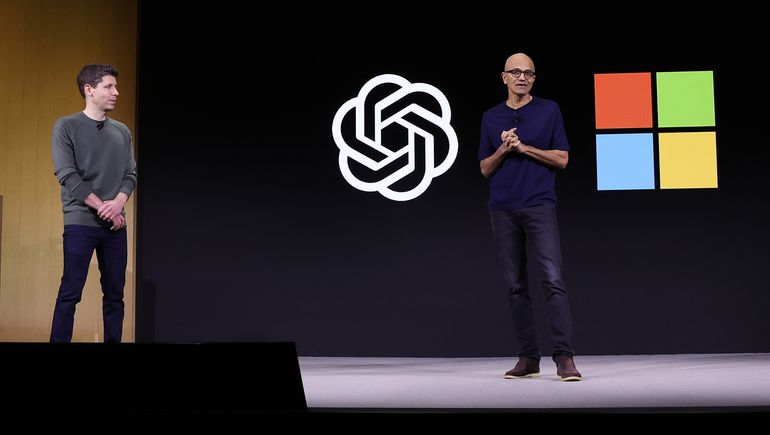When it comes to AI, humans remain the wildcard
The corporate melodrama surrounding OpenAI chief Sam Altman’s sacking and reinstatement seems far removed from the earthly concerns of the built environment, but it doubtless serves as a cautionary tale. Tim Clark reports
They fired him, then re-hired him. Then fired their entire board. The carousel of confusion at OpenAI, the firm behind the popular Artificial Intelligence (AI) programme, ChatGPT has led to a November the company would probably prefer to forget.
The first signs of a problem at the firm was when Sam Altman, OpenAI’s chief executive, was sacked by the company board in mid-November. Then, after pressure from major investors such as Microsoft, the ousted chief exec was back.
Meanwhile many in the industry are none-the-wiser over what exactly happened internally for such a public argument (and to a certain extent, pr disaster) to take hold.
“It had been reported that Altman’s departure from OpenAI had been a result of the board concerned with how fast the development of the platform was growing; his return days later doesn’t reflect well on the execution of strategic visions,” says Jon Seal, managing director of property tech firm, technologywithin.
“Undoubtedly, AI is going to play a major part in our future, but the architecture of the program needs stable foundations for it to be a help not a hindrance.”
For a company that may be worth around £70bn, if and when it floats on the US stock exchange, the tumults of its senior management point not only to the fast-changing pace of the AI industry, but to disputes over the scale and direction of AI in the future, too.
Mystery still surrounds what exactly happened at OpenAI in mid-November, and speculation includes safety concerns around an emerging artificial general intelligence – a form of AI that is considered to have abilities on a par or even above those of humans.
Seize the data
The public spat also acts as a reminder to those in construction that the reliability of AI – or at least the firms operating it – isn’t to be taken for granted by those looking to get ahead in the sector’s digital space.
According to Alistair Allison, chief executive of property consultancy TFT, the property and construction sector needs to zone-in on the specific advantages AI can offer their own business, and not get caught up in the hyperbole.
“While AI’s role in the industry is anticipated to be all-encompassing, the focus should be on growing and gaining control over the data we already have at hand,” he says.
“From here, our industry needs to agree on a point of governance. How do we pool data from diverse sources? This process might best be led by professional bodies such as the RICS, RIBA and CIBSE. Major property owners also have a vested interest in getting this data as soon as possible.”
Allison believes that the government could, and possibly should take a stake in AI initiatives to accelerate cost savings from a more resilient built environment. The added benefit would be “an expected uplift in job creation in retrofit and maintenance alongside digital jobs”.
The rise of AI has arguably caught the property world off guard, and, along with other industries, is still working out how the new technology will dovetail with existing practices.
James Hallworth, partner and head of building technology at Workman, says that a wide range of advancements are happening at “exhilarating speed”.
“AI has the potential to redefine many aspects of the real estate industry,” he says. “Against the backdrop of a maturing proptech ecosystem, there are now technological solutions for almost every aspect of real estate functions, including investment management, design, and construction, building and facility operations, and portfolio management.

Reality check, please
What impact could Sam Altman’s departure, which was briefly a reality, have on the industry? Leadership change almost always causes upheaval, and the strategic direction of OpenAI looks to have been under consideration when Altman was initially fired.
As one of the leaders in the AI field – and the company whose product, ChatGPT became a sensation overnight in late 2022 – if OpenAI was to shift its strategy, that could influence other firms. The instability could also affect partnerships, investments, and talent acquisition.
“We must harness AI as a co-pilot, not a crutch, because the best systems are those designed to assist people.”
James Hallworth
Writing in the Los Angeles Times, professors at the Massachusetts Institute of Technology (MIT) Daron Acemoglu and Simon Johnson warn that the incident “confirms that the future of AI is firmly in the hands of people focused on speed and profits, at the expense of all else”.
The new board, which includes the former co-chief executive of Salesforce, Bret Taylor, is now expected to scale up as quickly as possible; OpenAI had previously been looked upon as a more philanthropic enterprise.
“We may never know what really happened on Novmber 17, when the board fired Altman,” Acemoglu and Johnson say. “But the most likely interpretation is that members of this board were troubled by Altman’s commercial emphasis and the headlong rush to develop new, powerful models of generative artificial intelligence.”
Commenting that the recent motto espoused by the heads of tech firms that they should “move fast and break things”, the professors warn that the world could come to regret unleashing AI without sufficient “guardrails” in place.
Building concerns
The concerns can also be reflected within the built environment sector.
“We must harness AI as a co-pilot, not a crutch, because the best systems are those designed to assist people, as opposed to auto-pilot products that aim to entirely replace human roles,” Hallworth adds.
“In the commercial property sector, where multiple occupiers with myriad requirements are often occupying the same building, the technology can be useful, but is not yet equipped to deal with the nuances that a property manager with access to highly intelligent automation systems benefits from.
“Intelligence automated is important because it allows property managers to reap the data, and then make informed decisions based around it, which are then applied in an automated fashion.”
Build in Digital delved into the impacts that AI can have on the sector earlier this year, with an interview with the RICS’ global data and tech lead, Andrew Knight, who stated that AI will become pervasive in the sector, and used for a multitude of building operations from controlling the heating and ventilation system to analytics.
When it comes to valuations and pricing, algorithms will be able to analyse larger datasets, quicker than humans, and provide more accurate valuations; in analytics it will be able to spot market trends and opportunities. On customer service it will able to provide a more sophisticated virtual assistant.
In terms of design, AI-driven plans will be able to optimise layouts, boost energy efficiency, and sustainability. Generative design, a process where AI algorithms propose multiple design options based on specified criteria, will also allow architects and engineers to explore innovative and efficient solutions. These processes are likely to be scratching the surface of what ultimately an AI-powered built environment sector will be like in the coming decades.
Technologywithin’s Jon Seal agrees that AI can offer a step-change in efficiency, it will however need to be implemented in a way that allows humans to have sufficient oversight.
“This technology is in its infancy and security is critical,” he says. “In introducing AI, businesses must carefully consider, test and trial products for a reasonable period before rolling it out.
“The greatest threat to business via AI is cyber security; off-the-shelf AI solutions do not provide the safety and security businesses should be looking for. It’s easy to want the most up-to-date technology, but shouldn’t we be focused on reliability? It sounds boring but reliability trumps short term productivity.
“Which is why we are seeing the biggest technology firms banning off-the-shelf solutions, opting and investing in bespoke solutions and programs which can be stress-tested.”
The rollercoaster ride that AI has undergone over the past twelve months is set to continue. The rise, then fall, then rise of Sam Altman is the latest chapter in the intriguing AI saga.
Read next: Can construction build an AI revolution?
Are you a building professional? Sign up for a FREE MEMBERSHIP to upload news stories, post job vacancies, and connect with colleagues on our secure social feed.





Responses